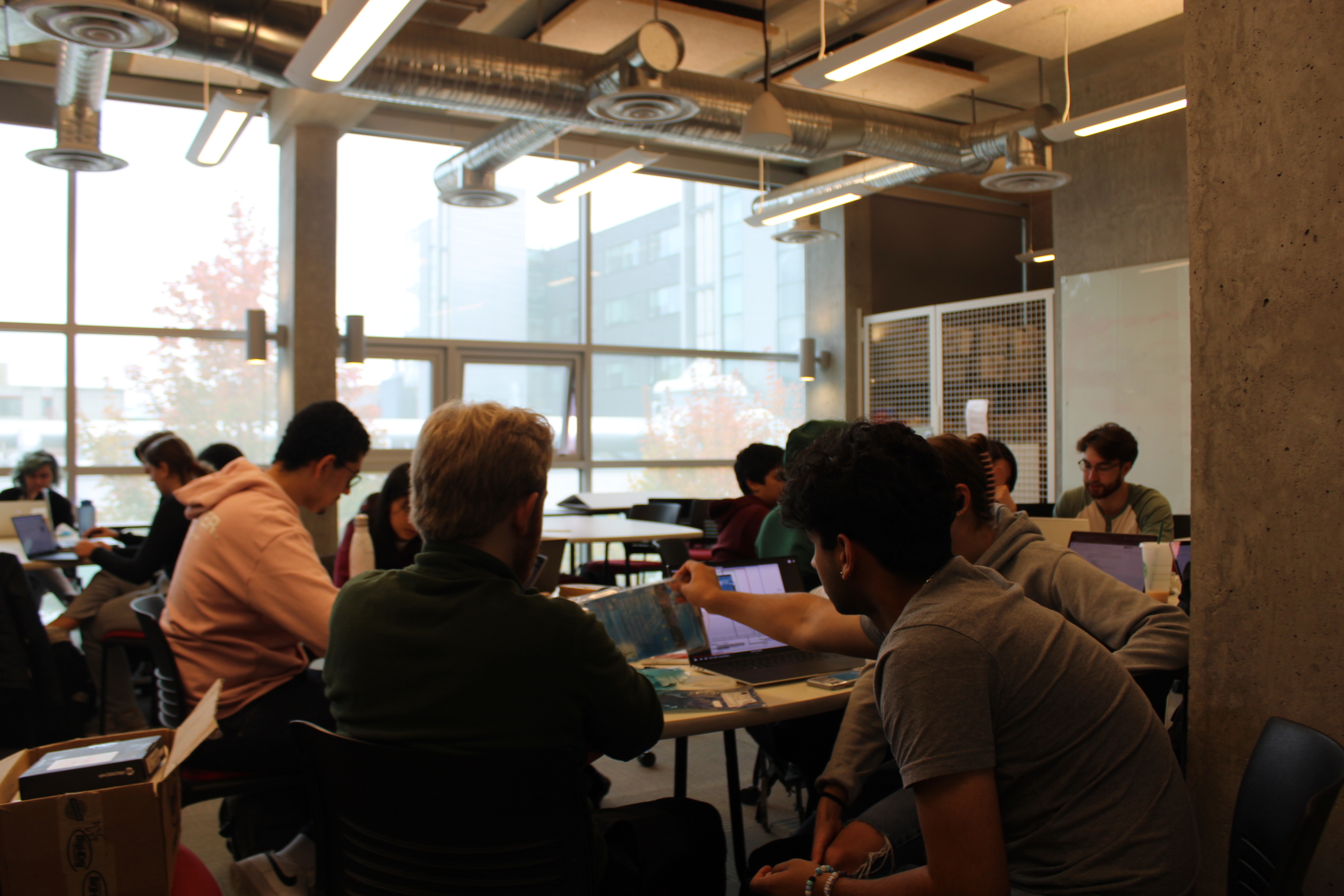Signal Processing Subteam
The MINT signal processing team does research on brain signal patterns (EEG), analyze and filter EEG data, and convert data to the right format for machine learning model’s input in Python.
Members also help set up EEG experiments including programming stimuli scripts and record EEG signals.
Deep Learning Subteam
The MINT deep learning team creates deep learning applications and assist in the overall project by building deep learning models.
Members do research about various models, determine the model that best fits each scenario, and work with large amounts of data to generate the appropriate results.
Software Subteam
The MINT software team consists of five subteams: Backend Product, Backend Infra/MLOps, Backend Simulation, Frontend Data Visualization, and Frontend Product. Members contribute by constructing the MINT website, developing applications to support current projects, visualizing data gathered by the signal processing team, and building interactive demos.
Neuroscience Research Subteam
The MINT neuroscience research team focuses on advancing neurotechnology research by reviewing literature, analyzing data, and writing research proposals. The team plans/conducts experiments while working with other teams to gather data. They play a huge role in the publication of research papers to help MINT share open-source neurotechnology research with the wider scientific community.
UX/UI Subteam
The MINT UX/UI team assists the software team in creating interactive and dynamic frontends to make sure that the interfaces are user-centric and easy to use. The team completes the full UI/UX design process with tools like Figma to design components and user interfaces. They also research and compare existing tools to those MINT is developing to help guide the creation of user-friendly software.
Electrical Subteam
The MINT electrical team is designing a custom made PCB for reading in data.
Members work on hardware and/or firmware for the PCB to communicate between firmware/hardware and to process brain wave signals and control the PCB.
For example, the creation of a cricut design that incorporates the PCB, receiving electrode, power source, incooprating microcontroller and an avenue of transmission of data.
Members work closely with the signal processing subteam to minimize noise and record the desired data.
Mechanical Subteam
The MINT mechanical team utilizes computer aided design to create a headset that will enable the connection of electrodes to the patient’s head,
carefully considering the ergonomics of the patients, cost, and quality of the mechanical EEG headset.
